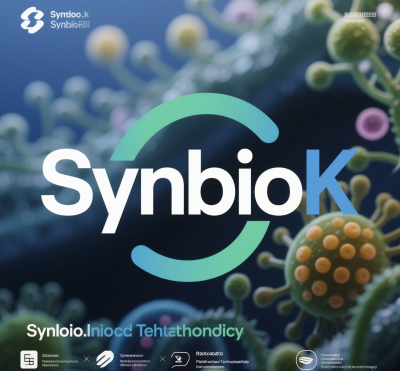
Decoding “SynBio K”: Multidimensional Interpretations and Contextual Analysis
The term “SynBio K” is not a standardized phrase in synthetic biology (SynBio). However, its potential meanings can be inferred through technical frameworks, industry practices, and naming logic. Below is a multidimensional analysis based on SynBio’s core principles, technical branches, and interdisciplinary nature:
I. Potential Abbreviation Expansions
- SynBio-Kit (Standardized Toolkit):
- Modular Biological Parts Libraries: SynBio emphasizes modular design, akin to integrated circuits in electronics. Examples include BioBricks (standardized genetic parts).
- Example: CRISPR-Cas9 editing kits or metabolic engineering-specific part libraries.
- Rapid Prototyping Platforms: Combines automation (e.g., liquid-handling robots) and AI for end-to-end genetic circuit design (e.g., “K-Series Lab-on-a-Chip”).
- SynBio-Kinetics (Biodynamic Modeling):
- Metabolic Flux Analysis: Mathematical models (e.g., Michaelis-Menten equations) optimize pathway efficiency.
- Example: “K-type kinetic models” adjusting ethanol production in yeast.
- Dynamic Gene Regulation: Promoter- or RNA polymerase-based circuits for metabolic balance (e.g., pH-responsive logic gates).
- SynBio-Karyotype (Synthetic Chromosome Engineering):
- Chromosome Design & Assembly: Artificial chromosomes (e.g., Yeast Artificial Chromosomes) integrate complex genetic circuits.
- Example: “K-Chassis” as a universal host with synthetic karyotypes.
- Genome Stability: Telomere or centromere engineering for industrial-scale fermentation.
- SynBio-Ketogenesis (Ketone Metabolic Engineering):
- Biofuel Synthesis: Engineered microbes (e.g., E. coli) produce high-energy-density fuels (e.g., butanone or acetone).
- Pharmaceutical Intermediates: Ketone pathways for chiral precursors (e.g., β-hydroxybutyric acid).
II. Versioning or Subfield Categorization
- SynBio 11.0:
- Self-Healing Biosystems: CRISPR-Cas9-driven DNA repair for extreme environment resilience.
- Quantum-Bio Hybrid Systems: Quantum dots for real-time metabolic monitoring or ultrafast optogenetic switches.
- SynBio-Knowledge Graph:
- Multi-Omics Integration: Genome, proteome, and metabolome data mapped via graph neural networks.
- Automated Experimentation: Reinforcement learning optimizes gene sequences to fermentation protocols.
III. Industry or Project-Specific Terminology
- Corporate or Project Codes:
- “K” as “Knowledge-Driven Platform”: Ginkgo Bioworks’ “K-Series” for AI-guided enzyme design.
- Technical Platforms: “Kraken Biofoundry” for high-throughput gene synthesis and phenotyping.
- Technical Taxonomy:
- Biosafety Level K: Protocols for synthetic chromosomes or cross-species gene transfer.
- K-Type Metabolic Regulation: Ketone or lysine pathway engineering for high-value chemicals.
IV. Typographical Errors or Conceptual Ambiguity
- Misspellings:
- SynBio-KEGG: Miswritten reference to the Kyoto Encyclopedia of Genes and Genomes (KEGG) pathway database.
- SynBio-KO: CRISPR-Cas9-based gene knockout for minimal genome hosts.
- Misinterpretations:
- SynBio-Killer Gene: Conditional lethal circuits for biocontainment.
- SynBio-Knock-in: Homologous recombination for precise gene insertion.
Summary and Recommendations
“SynBio K” may refer to toolkits, kinetics, karyotype engineering, or ketogenesis, depending on:
- Technical Focus: Kinetic modeling vs. chromosome design.
- Applications: Industrial biomanufacturing vs. pharmaceutical synthesis.
- Industry Context: Links to companies (e.g., Ginkgo Bioworks’ “K-Series”) or quantum-bio initiatives.
For precise clarification, provide technical documentation or related research context.
If you are interested in purchasing this domain, please contact: chuanchuan810@gmail.com





